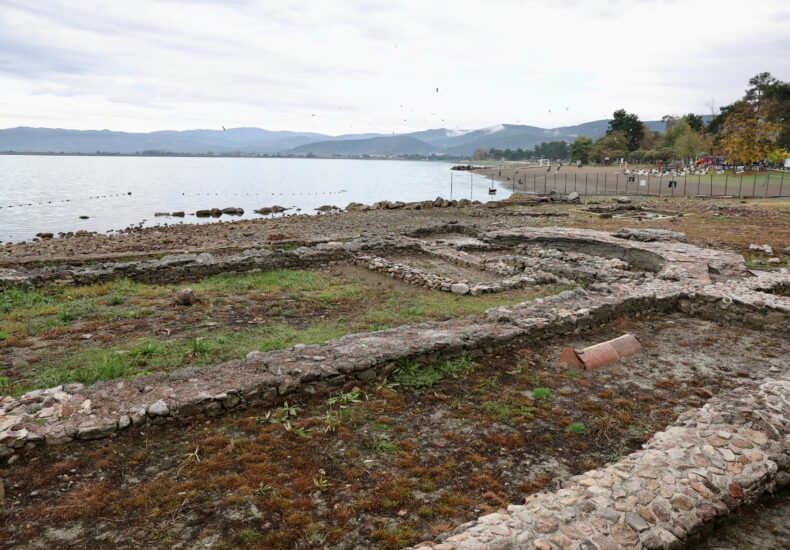
In the 1700th Anniversary of Christianity’s Recognition as an Official Religion, the Basilica Beneath Lake İznik (Nicaea) Opens to Visitors
On the 1700th anniversary of Christianity’s recognition as an official religion, an early Christian basilica submerged beneath Lake İznik (ancient Nicaea, northwestern Türkiye) has officially opened to visitors.
Discovered in 2014 through aerial photography and later named one of the Top 10 Archaeological Discoveries of the Year by the Archaeological Institute of America, the site now features a new visitor center realized through the joint efforts of the Turkish Ministry of Culture and Tourism and the Bursa Metropolitan Municipality.
The opening not only revives one of Türkiye’s most visually striking underwater archaeological sites but also commemorates a defining moment in world religious history.
A Church Beneath the Waters
The remains of the basilica lie roughly 50 meters from the southern shore of Lake İznik, resting under two to three meters of water. Measuring about 41 by 18 meters, the structure follows the classical three-aisled plan typical of 4th–5th century churches, with a narthex, atrium, apse, and side chambers.
Excavations revealed coins and architectural fragments confirming a Late Roman date, while surrounding graves suggest the site also functioned as a memorial complex. Archaeologists believe the basilica was dedicated to Saint Neophytos, a local martyr who was executed in 303 AD during Emperor Diocletian’s persecutions — an association that strengthens its historical and spiritual significance.
📣 Our WhatsApp channel is now LIVE! Stay up-to-date with the latest news and updates, just click here to follow us on WhatsApp and never miss a thing!!
Nicaea: The City Where Faith Took Shape
Ancient Nicaea occupies a central place in early Christianity as the site of the First Council of Nicaea in AD 325, where church leaders defined the theological principles that shaped Christian doctrine. The basilica’s proximity to this historic city center connects it symbolically to that transformative era.
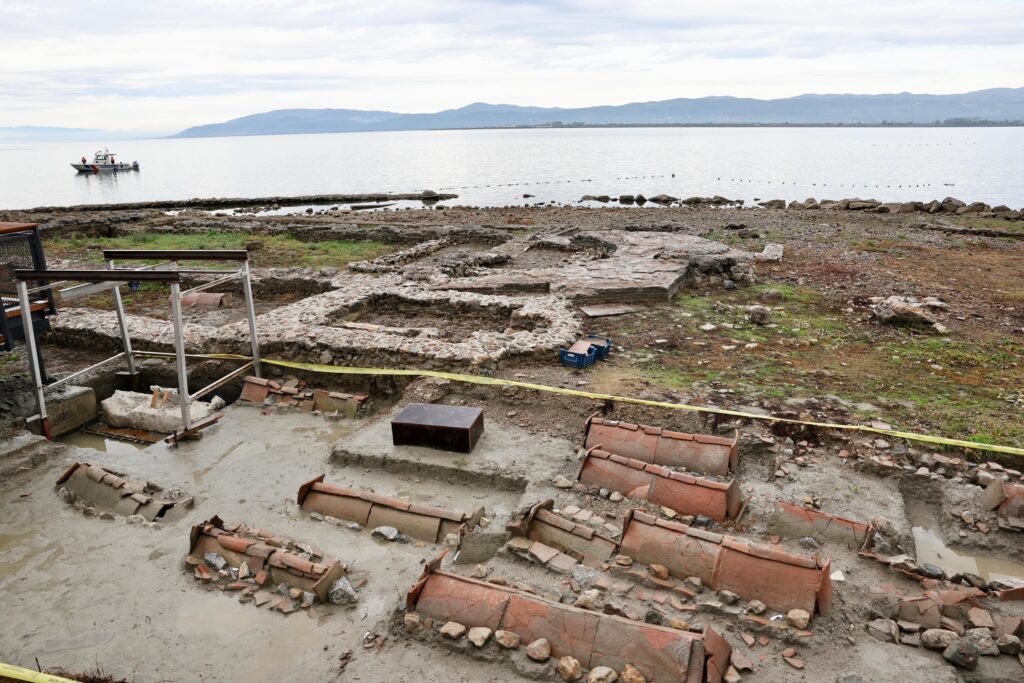
Scholars suggest the structure collapsed during a major earthquake — likely the one recorded in AD 740 — which caused the lake’s shoreline to sink and submerged the basilica entirely. For centuries, it remained unseen beneath the calm waters until its ghostly outline was rediscovered by modern technology.
Reviving an Underwater Heritage
A new visitor center, completed in 2025, now provides educational exhibitions, digital reconstructions, and guided access to the site’s story. Visitors can experience the basilica virtually through underwater imaging systems that recreate its appearance without disturbing the fragile remains.
During the inauguration, Bursa Mayor Mustafa Bozbey highlighted İznik’s role as “a crossroads of civilizations and beliefs — a city that has preserved its ancient urban plan while reflecting the layered identity of Anatolia.”
Commemorating 1700 Years of Christian Heritage
The basilica’s reopening in this symbolic year underscores the enduring bond between Anatolia and the roots of Christianity. Once a sacred site for early believers, the basilica now bridges past and present — linking the spiritual heart of ancient Nicaea with the cultural memory of modern Türkiye.
Its reemergence beneath Lake İznik’s tranquil waters stands as both an archaeological marvel and a timeless reminder of faith’s resilience across centuries.
Cover Image: Bursa Metropolitan Municipality
You may also like
- A 1700-year-old statue of Pan unearthed during the excavations at Polyeuktos in İstanbul
- The granary was found in the ancient city of Sebaste, founded by the first Roman emperor Augustus
- Donalar Kale Kapı Rock Tomb or Donalar Rock Tomb
- Theater emerges as works continue in ancient city of Perinthos
- Urartian King Argishti’s bronze shield revealed the name of an unknown country
- The religious center of Lycia, the ancient city of Letoon
- Who were the Luwians?
- A new study brings a fresh perspective on the Anatolian origin of the Indo-European languages
- Perhaps the oldest thermal treatment center in the world, which has been in continuous use for 2000 years -Basilica Therma Roman Bath or King’s Daughter-
- The largest synagogue of the ancient world, located in the ancient city of Sardis, is being restored

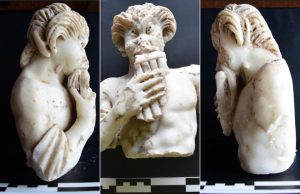
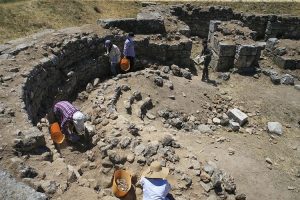
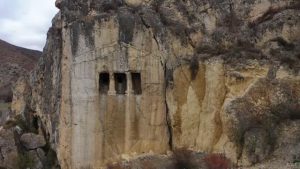
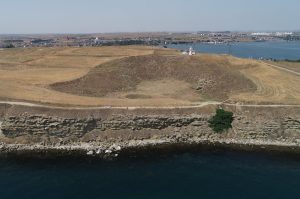
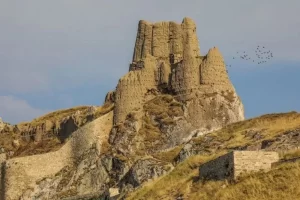
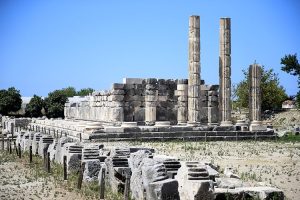


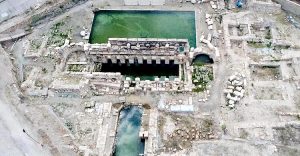
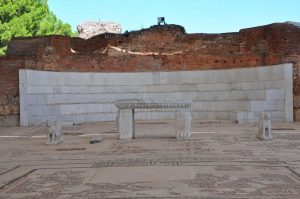
Leave a Reply